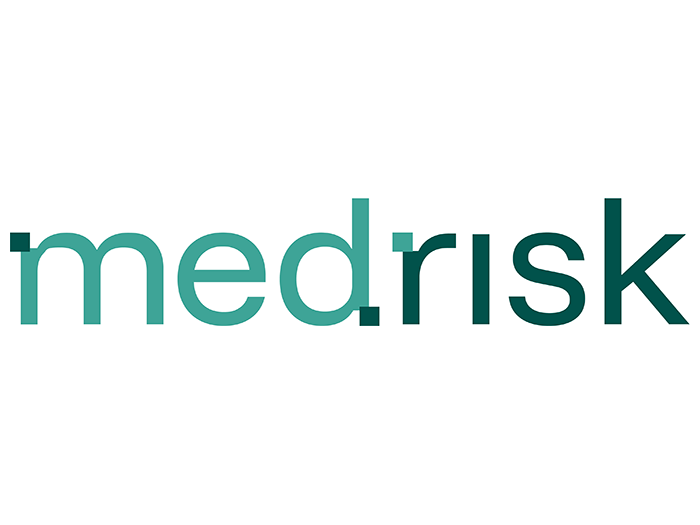AI Gives Insurance Industry Crucial Head Start Against Claims Fraud

Artificial intelligence can identify potentially fraudulent insurance claims within two weeks of filing, representing a significant advancement over conventional detection methods that typically require much longer timeframes, according to research by CLARA Analytics.
The insurance industry is witnessing a fundamental shift in how quickly suspicious activity can be identified through advanced analytics and AI.
The CLARA Analytics research, conducted in November 2024, examined nearly 3,000 property and casualty claims spanning four years, to determine if one of its models could accurately identify outliers and fraud indicators that merit a referral to a Special Investigation Units (SIUs). The study revealed that machine learning models spotted irregularities in claim patterns weeks ahead of traditional investigative approaches.
This acceleration in detection capability stems from sophisticated algorithms that analyze claim development patterns without relying on predetermined fraud indicators. Unlike conventional methods that depend on established red flags, these unsupervised learning systems can uncover previously unknown fraudulent behaviors by examining data relationships and anomalies that human investigators might overlook, according to CLARA Analytics.
The study’s findings show that roughly 9% of open claims warranted referral to SIUs, with the AI models’ predictions aligning closely with actual referrals made by human adjusters. However, the technology’s ability to flag potential issues at the two-week mark after first notice of loss provides insurers with a crucial head start in addressing suspicious activity before costs escalate, CLARA reported.
Geographic Patterns and Industry Impact
The research uncovered significant regional variations in fraudulent P&C claims activity, with California having the highest risk of fraud, at 17%, followed by Illinois at 11%. In addition, Michigan and Arizona displaying the highest concentrations of “high potential SIU referrals” at 34% and 26%, respectively, of claims that warranted referrals, the research found.
These geographic findings suggest that certain markets may require enhanced monitoring and investigation resources to combat organized fraud schemes effectively, CLARA noted.
The broader implications for the insurance sector are substantial, given that fraudulent claims impose an estimated $40 billion annual burden on the industry, excluding medical insurance fraud. This massive financial impact ultimately affects all policyholders through increased premium costs, making early detection systems critical for maintaining affordable coverage.
“This research represents a significant advancement in how the insurance industry can approach fraud detection,” said Pragatee Dhakal, director of Claims Solutions at CLARA Analytics. “By leveraging advanced analytics, we’ve shown that insurers can identify potential fraud much earlier in the claims process, potentially saving billions in fraudulent payouts.”
The study also revealed complex networks linking attorneys and medical providers that traditional investigation methods often fail to detect. These professional relationships can indicate coordinated fraud schemes where multiple parties collaborate to inflate claims or create fictitious injuries and damages, according to the report.
The methodology’s strength lies in its ability to identify novel fraud patterns that don’t match historical cases. “What’s particularly promising about this approach is that it doesn’t rely on preestablished fraud indicators,” Dhakal added. “By using unsupervised learning techniques, the system can potentially identify novel patterns of fraudulent activity that might not match historical cases.”
Beyond direct cost savings from preventing fraudulent payouts, CLARA says the technology offers what researchers term the “Sentinel Effect.” This phenomenon occurs when potential fraudsters become aware that an insurer employs sophisticated detection systems, leading them to target other companies with less robust monitoring capabilities.
View the report here. &










